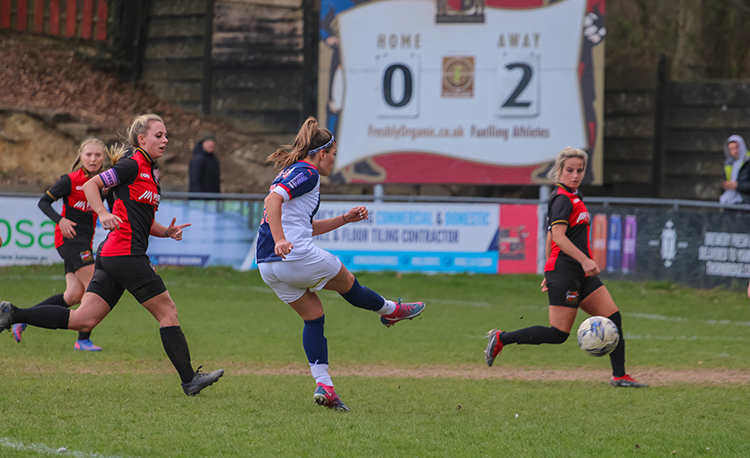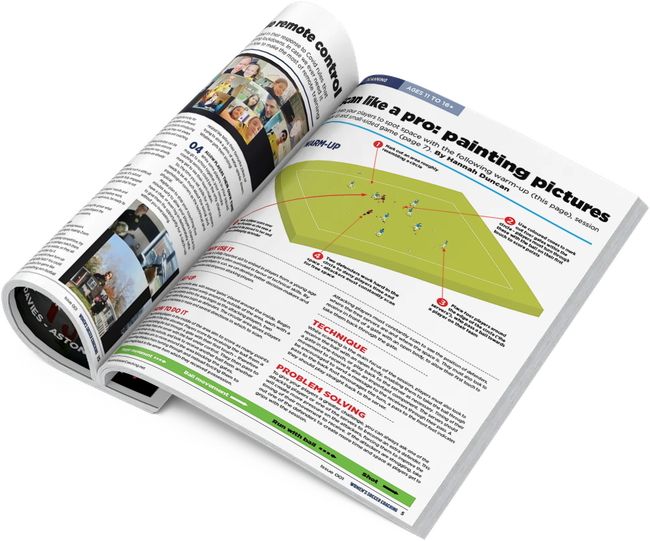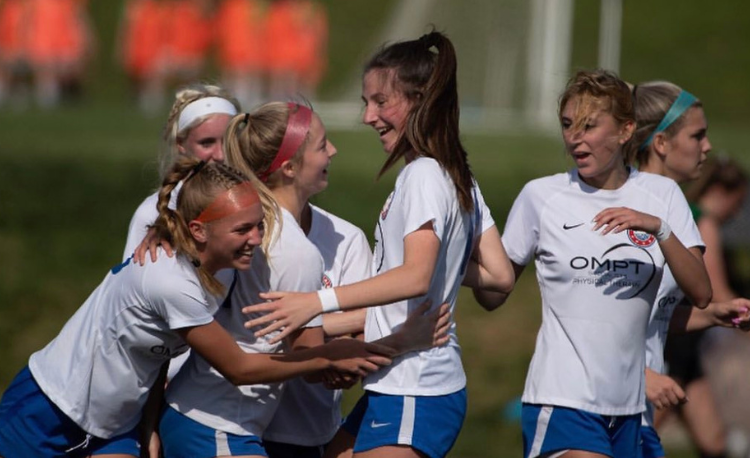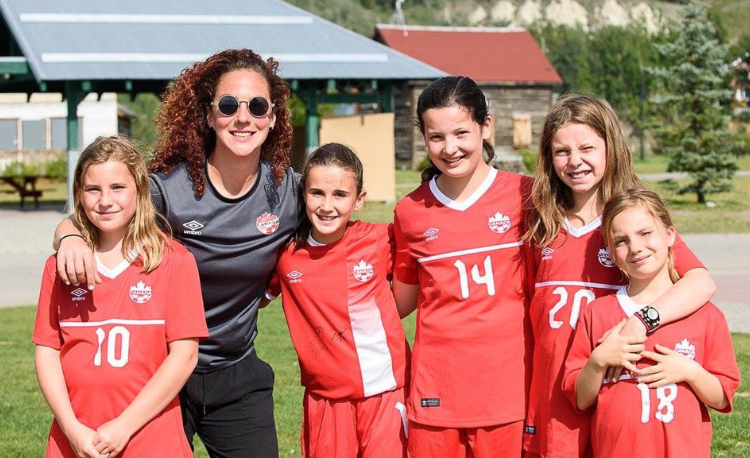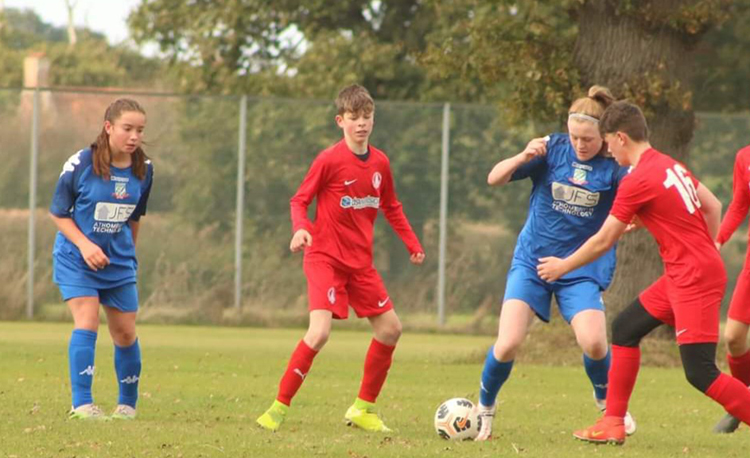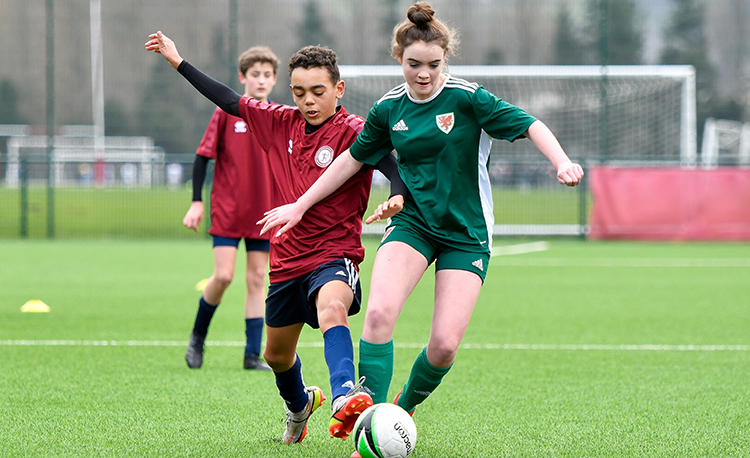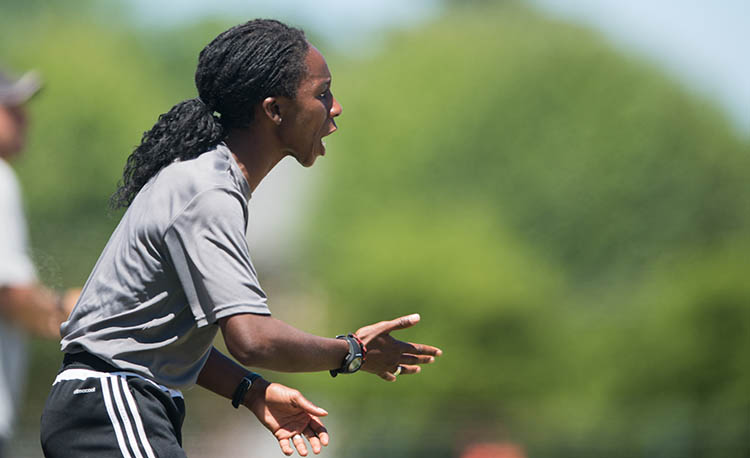You are viewing
1 of your 3 free articles
How to create successful pathways for female players in England
Dave Lawrence, Director of football at West Bromwich Albion Women FC, shares his thoughts on best practice for creating a viable route from youth team to first team
Let’s start with a question - what is a player pathway to you?
I’m probably not the only one to consider it a journey. A road towards a certain destination.
At my club, West Bromwich Albion Women, we are responsible for creating a fun, safe and educational road of development, with the player - and their parents, of course - having a large share of ownership of how they travel along it.
They will certainly experience bumps and challenges en route. When they encounter them, we help the players to reflect and learn from it and support them on to the next part of the journey.
Initially, we converse around what the destination may look like, and eventually we work together to achieve that destination or discuss an alternative one.
In my experience, some pathways are better than others. The best ones always consider the ‘why?’ - why are we creating an effective female pathway?
The answer is simple. All female players deserve the opportunity to play, at every level. In England, that’s recreationally, at grassroots, at the professional academies known as Regional Talent Centres (RTCs), the senior game, FA Women’s Super League (WSL) and England Lionesses national team.
"We are responsible for creating a fun, safe and educational road of development..."
At West Bromwich Albion, the key is to consolidate our pathway in terms of how we can support Player A to make the first team - who currently play in the third tier of women’s soccer in England.
Of course, not everyone makes it. Some drop out and play their senior football at a lower level, while some go past the level of our first team and play in the WSL or the second-tier FA Women’s Championship.
Some players of course are lured by the resources and finances that we cannot compete with in tier three. We can’t control that - we can only try to influence player decisions with our words and actions.
Our focus is on our player-centred approach, helping them improve for as long as they pull on the blue and white stripes, and by creating an environment too good for them to leave.
We have six players from our RTC regularly starting in our first team. Two of these are part of our Sandwell College education programme. We have already highlighted players in the younger age groups that we feel will play for our first team, unless they get signed by other higher-level clubs.
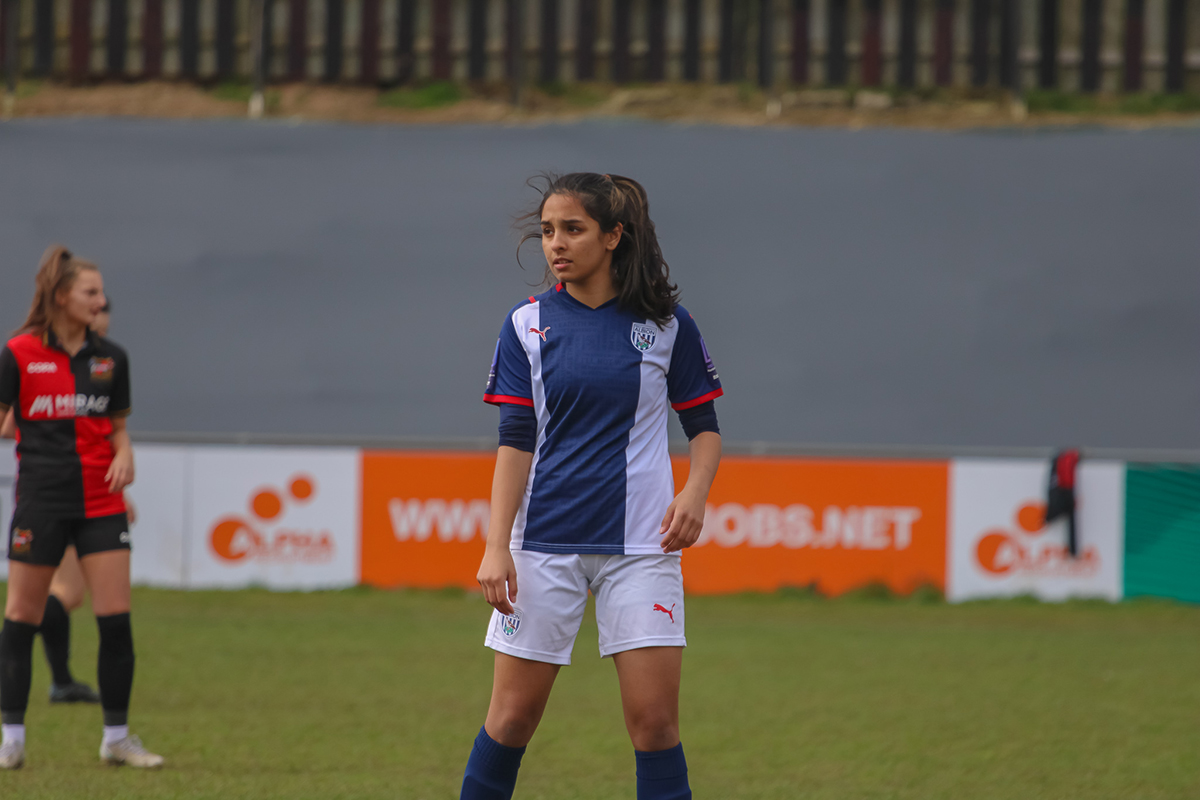
But how do they get there? For me, there are four key areas.
The first of these is recruitment. Linking with community programmes, where The Albion Foundation engages with hundreds of intentional female footballers, is key.
As the club develops with its more ‘elite’ remit, we must continue to support grassroots clubs and engage with players at the entry level of the game.
More developed players have an opportunity for skill-enhancement sessions at the Player Development Academies, before potentially being selected for the RTC.
We also run yearly trials and, critically, have a profile of what we would like our players to have in terms of physicality - speed, especially - intelligence, personality, and technique.
Secondly, we must consider the club structure - in particular, selecting the correct age groups in the pathway is important.
The RTC provides opportunities at u12s, u13s, u14s and u16s. We feel single age bands for the younger girls is important to avoid physical mismatches and encourages technical development.
The third aspect is high-quality coaching. Indeed, the role of the coaches can never be underestimated.
Having a caring, competent and consistent coach is essential. They must be committed for the right reasons and have their own development plans to stay connected to their own learning.
As coach educator, this is the part of my job I love, helping coaches to help players through a robust and individualised professional development programme for each coach. Much like players, coaches have their own needs, challenges and ambitions.
The final aspect is the player themselves - the most important person in the entire equation.
What do they need? What are they good at? What challenges do they have? Where do we think their journey could end up?
We could spend hours each week reflecting on these questions. I’d encourage players and parents being heavily involved in this reflection. As coaches, we can’t just make decisions about a player based on our assumptions.
Tailoring a player-centred approach is hard and takes time. But the rewards when West Bromwich Albion Women win a game at The Hawthorns in front of 1,800 fans, with six former RTC players in the starting line-up, is worth it. Every time.
In my role, I would like to think I have played some part in this journey for these young players, whether it be recruiting them, recruiting and developing their coaches or by constantly reflecting on the ’why?’.
We have certainly made mistakes, and Covid impacted on our process massively. However, the West Bromwich Albion Women coaching family as a whole have played their part in the great progress over the last couple of years.
There is no secret ingredient. I just ask staff to work harder than anyone else, be innovative, be excellent, and always show integrity.
These are our core values, and aspects we believe in passionately in player development.
Related Files
Dave’s three steps to developing an effective player pathway
Start with the ’why?’:
Reflect on why it is important for you to have an effective player pathway. This ‘why’ may be to develop your reputation as a club, to help recruit players, or to play an integral role in providing the national team with their next star.
Consider the ’how?’
How can we create an outstanding player pathway? Reflect on what you are doing now that works. Your coaches may be caring, your environment may be good, the age group structure may work. The next part of this, the less comfortable bit, is identifying the areas that need to change. Maybe you need more CPD for staff or yourself. Recruitment may need to be better or the environment the players come into may not be right. Confront the brutal facts. It may not be a nice process, but it is crucial in developing an action plan for improvement, which fundamentally will improve the pathway.
Act
Put these thoughts in to actions. Whether you are the u8s coach, head of coaching, sports science coach or welfare officer, you are important. Your conduct and attitude to player development will have a massive impact on others. For example, instead of shaking hands with players when they come into training, have a chat with them. How are they feeling? What are they looking forward to in tonight’s session? This helps you shape your session and gives you intel about the player. This is mandatory in our club. Create a culture of care and learning.
Newsletter Sign Up
Newsletter Sign Up
Discover the simple way to become a more effective, more successful soccer coach
In a recent survey 89% of subscribers said Women's Soccer Coaching makes them more confident, 91% said Women's Soccer Coaching makes them a more effective coach and 93% said Women's Soccer Coaching makes them more inspired.
*includes 3 coaching manuals
Get Inspired
All the latest techniques and approaches
Women's Soccer Coaching offers proven and easy to use soccer drills, coaching sessions, practice plans, small-sided games, warm-ups, training tips and advice.
We've been at the cutting edge of soccer coaching since we launched Soccer Coach Weekly in 2007, creating resources for the grassroots youth coach, following best practice from around the world and insights from the professional game.
